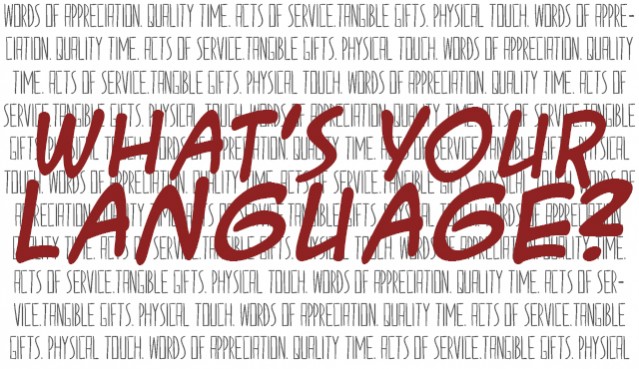
Everyone likes to be appreciated – it’s a common fact. Some people know exactly how they like to be thanked or recognized, but others do not. Most people think of ‘appreciating’ in the frame of relationships, but appreciating someone is just as applicable to the workplace. Employees are the most treasured assets of any organization.
But do all employees feel treasured?
Valued?
Appreciated?
Recognized for their contributions?
Most leaders want to create an environment where their team members feel and experience these positive emotions which continue to motivate and inspire employees to do their best work. If leaders are working so hard to create these types of work environments, why is it that so many teams fail?
The answer is easy; it is because everyone speaks a different appreciation language. In the book 5 Languages of Appreciation at Work by Gary Chapman and Paul White, the authors discuss these different languages:
1) Words of appreciation. These employees respond well to verbal or written recognition such as thank you notes, or verbally praising them for their specific contributions made to the team or progress made on a project. There is another layer to this, though. Some people prefer the recognition is done privately and others like to be thanked publicly.
2) Quality time. These employees feel valued and appreciated when you take the time to visit with them, don’t rush conversations and listen to them attentively. Quality time means giving the other person your focused attention.
3) Acts of service. In their eyes, true leadership requires a willingness to serve others. If you see someone on your team struggling with too much on their plate, offer to take something off or help them prioritize. This will go a long way in making those who speak this language respond positively to your leadership style.
4) Tangible gifts. These employees feel most valued and appreciated when they receive unexpected gifts such as gift cards, flowers, unexpected time off, or even being taken out to lunch. The gifts need to be thoughtful, not bought just for the sake of it. Get to know the individual and find out their taste.
5) Physical Touch. This is sometimes not included in the work place, but some people feel appreciated with a pat on the back, a high five or a firm handshake to convey a message of gratitude.
As you can see from this list, unless you speak the same language as everyone on your team you could miss the mark in making individuals feel valued or appreciated. In our Early Childhood Education division at Camp Fire, we have all taken self-assessments to understand our own language and others on the team. When I was first getting involved with it, I felt I could relate to every language. As we got a better understanding of the concept, I realized I speak the language of words of appreciation very well. While I am quick with recognition, quite a few others on the team were speaking the acts of service language. It meant so much more to them when I could help with a tangible task rather than just a thank you note. That was a big ‘aha moment’ for me as a leader. Since then, I have made an effort to learn the other languages.
So, what’s your language of appreciation?
Prerna Richards is the Vice President for the council’s Early Childhood Education division at Camp Fire First Texas. Her specialties include child care center development, educational curriculum consulting and professional development management. Prerna holds a Master of Business Administration from Texas Women’s University.






